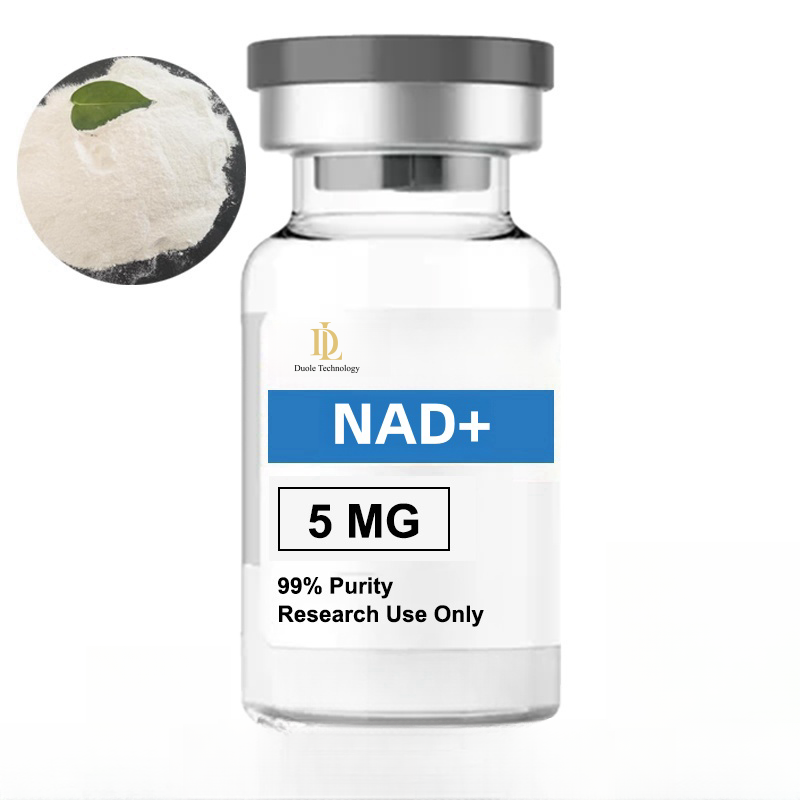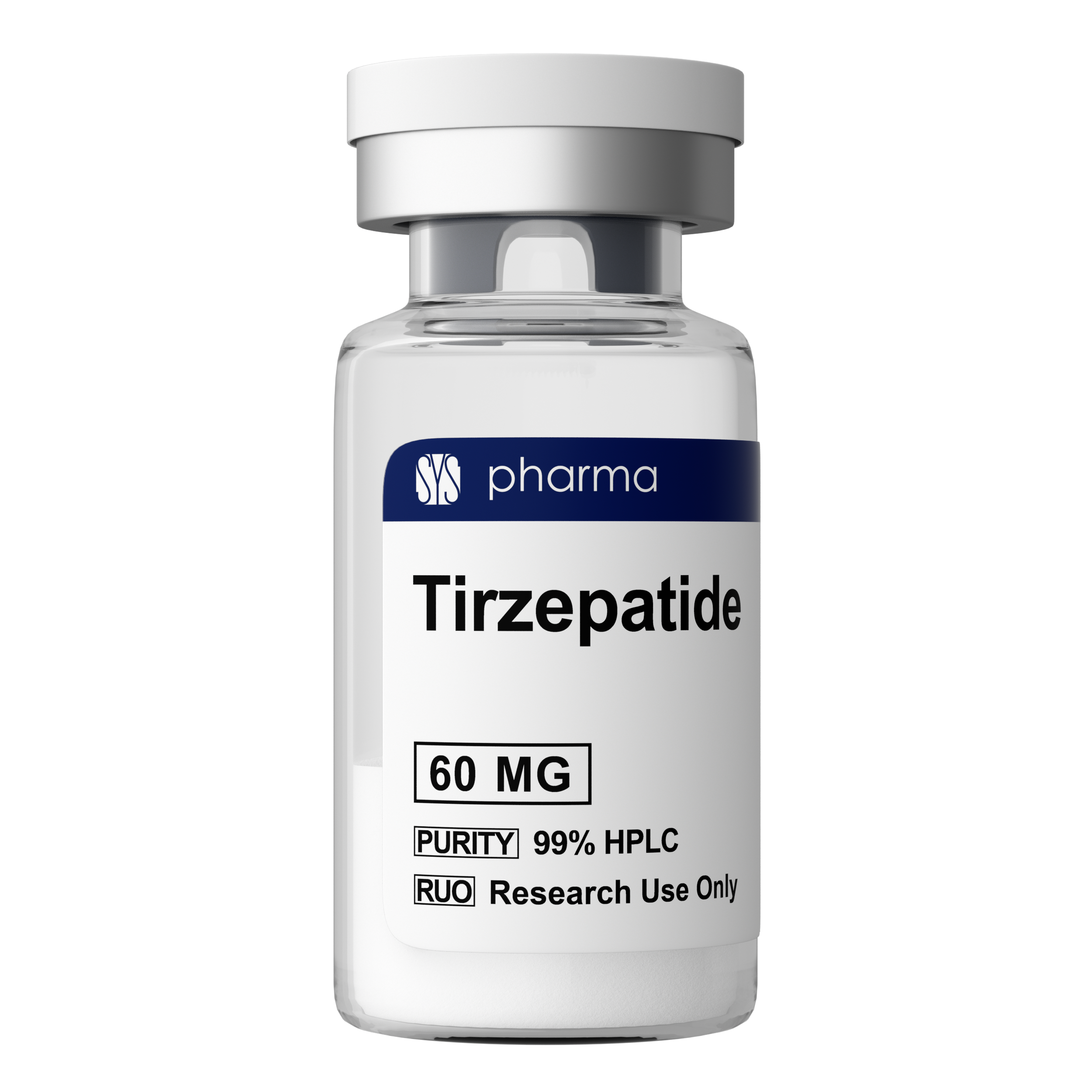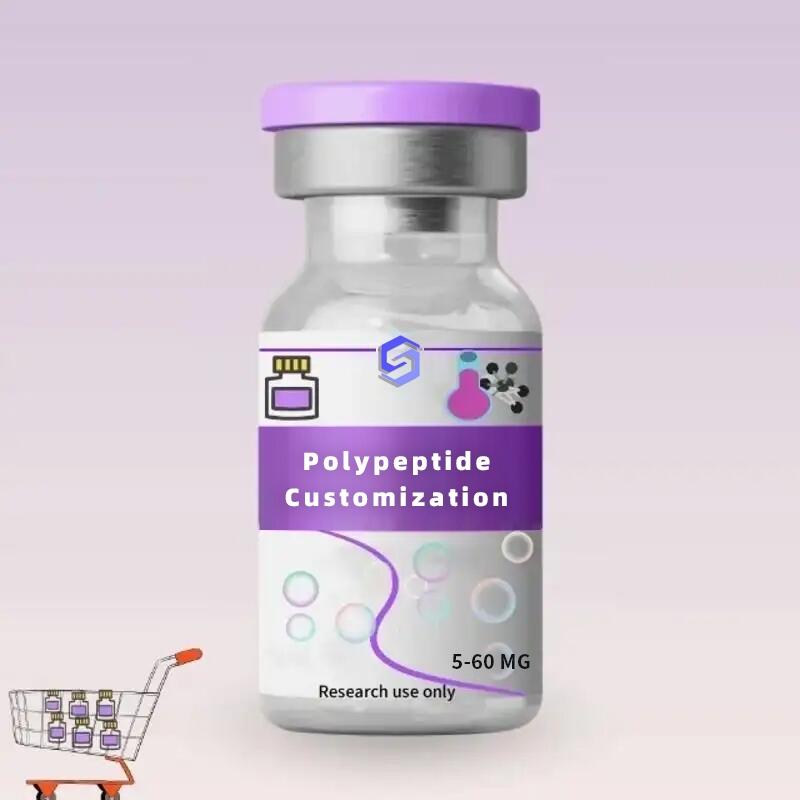-
Categories
-
Pharmaceutical Intermediates
-
Active Pharmaceutical Ingredients
-
Food Additives
- Industrial Coatings
- Agrochemicals
- Dyes and Pigments
- Surfactant
- Flavors and Fragrances
- Chemical Reagents
- Catalyst and Auxiliary
- Natural Products
- Inorganic Chemistry
-
Organic Chemistry
-
Biochemical Engineering
- Analytical Chemistry
-
Cosmetic Ingredient
- Water Treatment Chemical
-
Pharmaceutical Intermediates
Promotion
ECHEMI Mall
Wholesale
Weekly Price
Exhibition
News
-
Trade Service
In the chemical industry, the terms upstream and downstream are often used to refer to different stages in the production process.
Upstream refers to the stage where raw materials are extracted, refined, and converted into intermediate products.
Downstream refers to the stage where these intermediate products are further processed and transformed into final products.
One example of a chemical compound that can be used in both upstream and downstream processes is 5-(2-fluoro-3-methoxyphenyl)-1-[[2-fluoro-6-(trifluoromethyl)pyridine-3-yl]oxy]-3-oxo-2,3-dihydro-1H-benzimidazepine.
This compound, also known as Compound A, can be used in the manufacture of a wide range of chemical products.
In the upstream stage, Compound A can be used as a raw material for the production of various chemicals.
For example, it can be converted into other intermediate products through a series of chemical reactions, such as oxidation, substitution, and reduction.
These reactions can be carried out using various chemical reagents, such as reactive metals, acids, and bases, to produce the desired intermediate products.
In the downstream stage, these intermediate products can be further processed and transformed into final products.
For example, Compound A can be used in the production of pharmaceuticals, agrochemicals, and materials for various applications.
By using different chemical reactions, such as condensation, polymerization, and oxidation, the intermediate products can be transformed into the desired final products.
One application of Compound A in the production of pharmaceuticals is in the synthesis of a new class of drugs called IAP inhibitors.
These drugs are used in cancer therapy to inhibit the activity of the inhibitor of apoptosis protein (IAP), which is a protein that regulates programmed cell death.
By inhibiting the activity of IAP, the drugs can induce apoptosis, or programmed cell death, in cancer cells, thereby reducing their viability and proliferation.
Another application of Compound A in the downstream stage is in the production of agrochemicals, such as herbicides and pesticides.
These chemicals are used to control weeds and pests in crops, respectively.
By using Compound A as a starting material, other chemicals can be synthesized that have specific properties and functions, such as selectivity and toxicity, to control weeds and pests.
In the production of materials, Compound A can be used in the synthesis of polymers, which are long-chain molecules with a wide range of applications.
For example, polymers can be used to produce films, fibers, and coatings for various purposes, such as packaging and textiles.
By using Compound A as a building block, different types of polymers can be synthesized with specific properties, such as chemical resistance and mechanical strength.
Overall, Compound A is a versatile intermediate product that can be used in both upstream and downstream stages of the chemical industry.
Its unique chemical structure and properties make it a valuable building block for the production of various chemicals, pharmaceuticals, and materials.
As the demand for these products continues to grow, the use of Compound A and other similar compounds is likely to increase, driving innovation and growth in the chemical industry.







